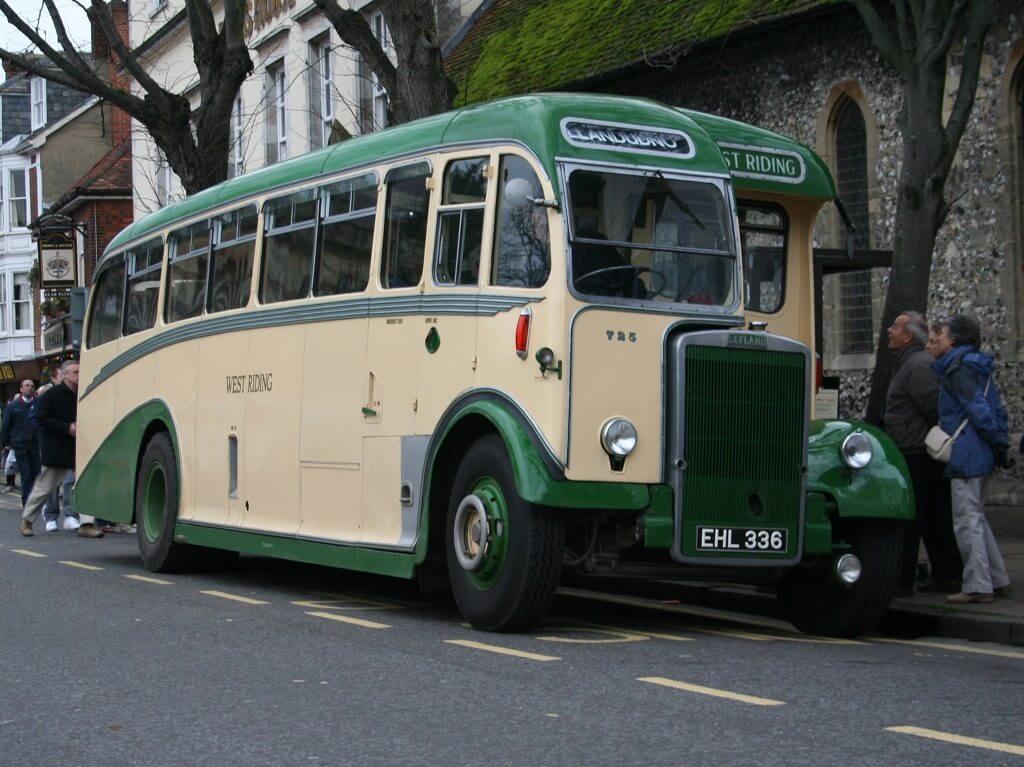
In a two-part article, Alan Payling re-creates an express coach journey from Manchester to Torquay in the ‘good old days’ of coach travel
On the face of it, it was quite a straightforward question. I was talking to Frank Elliot of Memory Lane Holidays and Travel of Warrington when he was in Torquay recently. Because of the name of his company and the fact that Frank has been round the block once or twice, I asked him when he’d first travelled to Torquay on a coach. Frank’s answer certainly surprised me because it was so unexpected. But Frank’s reply also aroused my curiosity. Due to my inquisitive nature, that one question and the answer I received meant that I then started asking an awful lot more questions about Frank’s first journey by coach to Torquay. The rest, as they say, is history. […]
By subscribing you will benefit from:
- Operator & Supplier Profiles
- Face-to-Face Interviews
- Lastest News
- Test Drives and Reviews
- Legal Updates
- Route Focus
- Industry Insider Opinions
- Passenger Perspective
- Vehicle Launches
- and much more!


